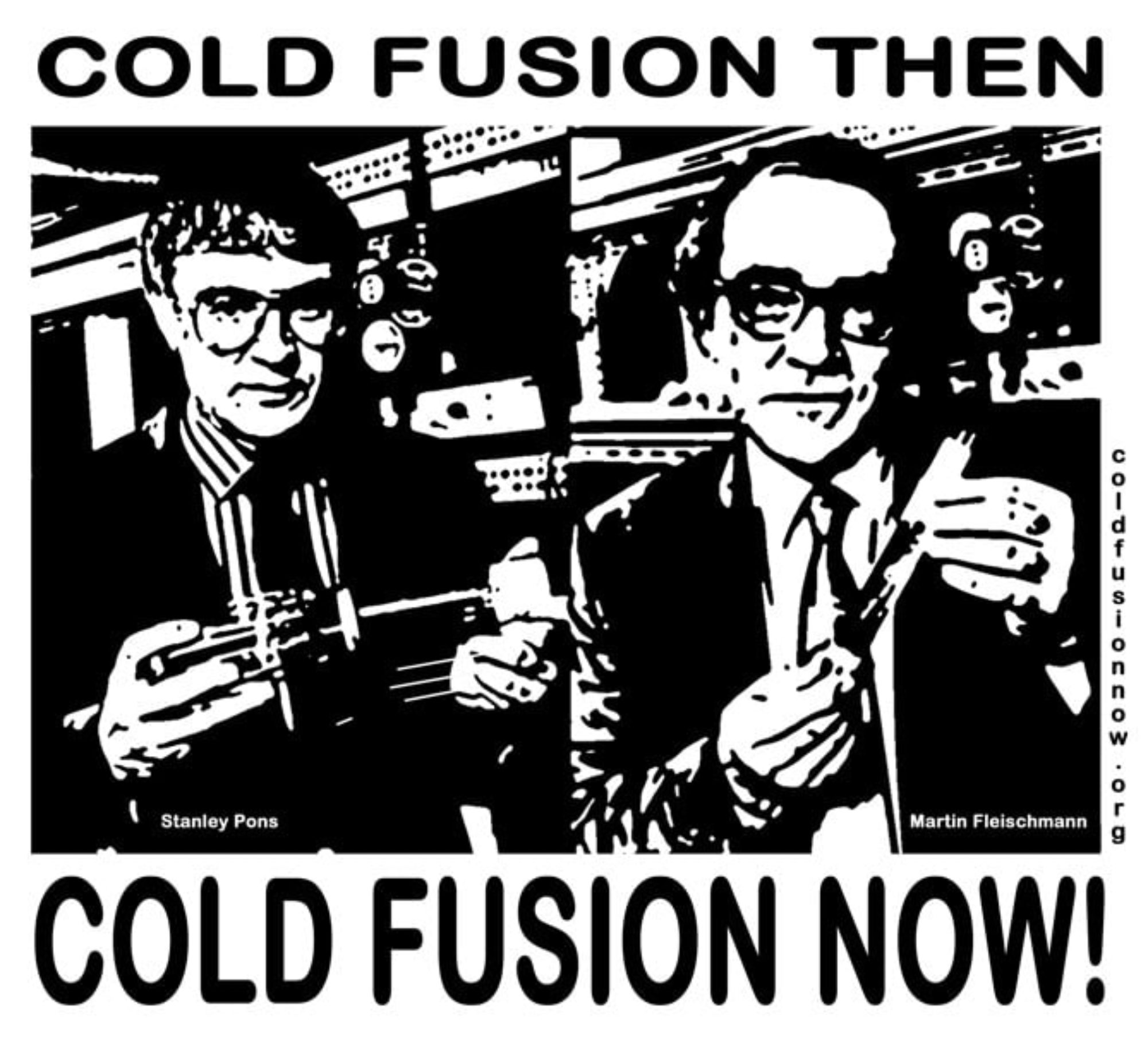 On June 23 Defkalion Green Technologies S.A. updated their website, replacing their placeholder page with a new, more professionally-designed site. Two items of interest on the new website are a description of DGT’s product line and a brief explanation of the science behind the E-Cat.
On June 23 Defkalion Green Technologies S.A. updated their website, replacing their placeholder page with a new, more professionally-designed site. Two items of interest on the new website are a description of DGT’s product line and a brief explanation of the science behind the E-Cat.
The small units will range from 5 to 30 kWh/h, and will be 55×48×35 cm (roughly 22×19×14″).
The larger 1 MW units will fit inside a 20×40′ (roughly 6×12 m) container.
Regarding the science behind the E-Cat, DGT has this to say:
“The science behind the E-Cat increases the probability of particles overcoming the electrostatic potential Coulomb barriers in order to penetrate the nucleus by the quantum mechanical tunneling effect, yielding in an exothermic reaction between Hydrogen and Nickel. By decreasing the surface upon which a given amount of pressure is exerted, the odds for the tunneling effect to occur are increased, allowing for higher penetrability of the Coulomb barrier.”
The second sentence is the key one, as it purports to explain how the Coulomb barrier is overcome. Whether this hypothesis was developed by someone at DGT (such as Prof. Christos Stremmenos), by Andrea Rossi, or borrowed from elsewhere is not made clear on the website.
Also of interest on the new website are a white paper and a forum. The 11-page white paper is the most significant update. There are a few inconsistencies between the white paper and the press release reported on earlier, particularly regarding the power output and introduction date of the kW-range product. To briefly summarize the white paper:
- There are two companies: Defkalion Green Technologies S.A., based in Athens, which controls the manufacture of the product; and Praxen Defkalion Green Technologies (Global) Ltd., based in Cyprus, which controls the contract with Andrea Rossi regarding his industrial secrets.
- DGT’s product, called Hyperion, consists of an E-Cat, a hydrogen canister, and electronics inside a container (Hyperion Power Generation might have something to say about that name.) The smaller units will range from 5-30 kW in multiples of 5 kW, while the larger units will range from 1.15-3.45 MW.
- Three factories will be built in Xanthi, Greece. The first is being designed for a maximum production capacity of 300,000 units (both kW range and MW range) per year. The second, scheduled for 2012, will be even larger. The third factory will produce the secret catalyst to be used in the products.
- Production of the 1 MW Hyperion will commence in the first quarter of 2012. No date is given for the production of the kW Hyperion.
- Hyperion products will come in six configurations, designated Series A through F. Series A and B will be kW-range electrical generators, Series C and D will be kW-range heaters, and Series E and F will be MW-range products. All Hyperion products will be remotely monitored by Defkalion.
Oddly, the white paper appears to claim that the nickel-hydrogen exothermic reaction at the heart of DGT’s product line is not cold fusion, LENR, or CANR. This is particularly odd, as the explanation of the science on the website is all about overcoming the Coulomb barrier. The Coulomb barrier is the electrostatic barrier that exists between positively-charged nuclei under normal conditions, so any reaction that overcomes the Coulomb barrier is by definition a nuclear reaction of some sort.
The establishment of a forum is an interesting move, and may be a good way to stir up excitement for the Hyperion product line. Much will depend on DGT’s moderating policies and whether company officers will actually engage with the forum members. Company participation in the forum appears to be minimal so far.

